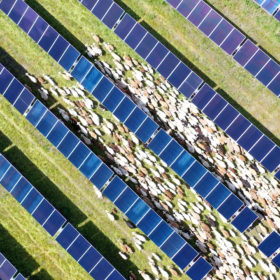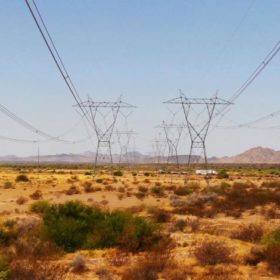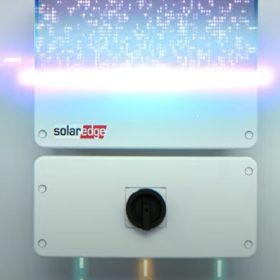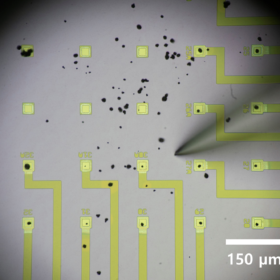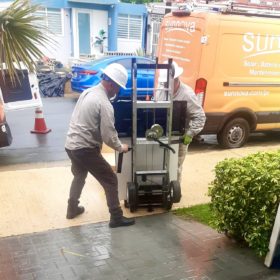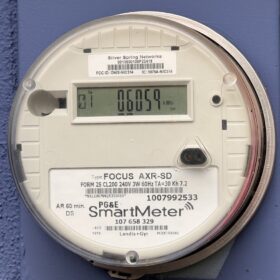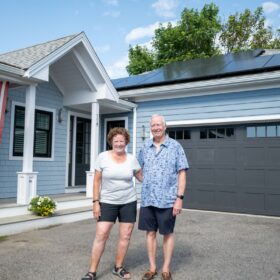The economics of solar grazing
A survey conducted by researchers at the University of Illinois, combined with prior research, details what solar grazers have purchased when building out their businesses and what they earn. Additional documentation highlights complex grazing business plans on large utility-scale solar facilities.
Audubon calls for collaboration in rapid transmission line expansion
Conservation researchers released a report outlining how key stakeholders can collaborate to build a transmission grid that benefits wildlife and humans while still meeting clean energy goals.
Sunrise brief: FERC reforms interconnection, speeding critical renewables delays
Also on the rise: SolarEdge stock trades down despite record revenue in Q2. Sunnova to participate in battery emergency program in Puerto Rico. And more.
FERC reforms interconnection, speeding critical renewables delays
Over 2,000 GW of generation and storage were trapped in interconnection queues. Wait times averaged five years. FERC introduced numerous reforms that will help mend this problem.
SolarEdge stock trades down despite record revenue in Q2
The company had strong performance in European residential and commercial markets, whereas the U.S. residential solar market wavered in Q2.
First commercial gravity-based energy storage tower begins commissioning
Energy Vault has begun commissioning a 25 MW / 100 MWh energy storage tower adjacent to a wind power facility outside of Shanghai.
Cracked cathodes not all bad, battery scientists find
Scientists developed an innovative method to observe the inner workings of lithium-ion batteries and found that cracks which form in the electrode, something manufacturers do their best to minimize, may actually have benefits in allowing for faster charging.
Carbon-cement supercapacitors for bulk energy storage
The Massachusetts Institute of Technology (MIT) has developed a scalable bulk energy storage solution with chemical with inexpensive, abundant precursors: cement, water, and carbon black. Their supercapacitors have high storage capacity, high-rate charge-discharge capabilities, and structural strength.
New technique to recover lead in end-of-life solar panels
A research group at Arizona State has developed a process to recover lead in its metallic form so that it can be reused in the PV industry. The process relies on a leaching solution based on a combination of acetic acid (CH3COOH) and hydrogen peroxide (H2O2), which the researchers said leaches the lead ‘in a matter of minutes.’
Sunnova to participate in battery emergency program in Puerto Rico
Distributed solar and storage customers sign up with Sunnova to participate in the Flex Power Program. By compensating customers for the power supplied by their batteries, they are incentivized to participate in the program designed to provide energy that reduces strain on the grid and minimizes blackouts at critical times.
